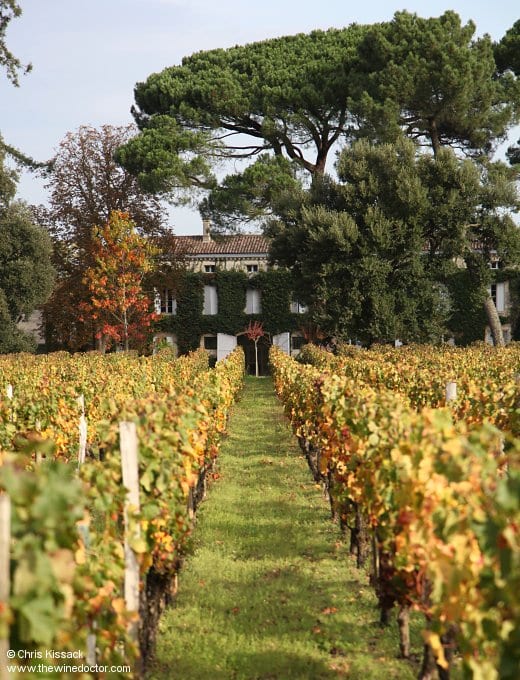Château Rouget
Château Rouget is located on the slopes of Pomerol, not far from the summit of the plateau, where the land runs down to the gently bubbling waters of the Barbanne. Despite this, and despite the fact its neighbours include some of the most famous names of the Pomerol appellation, its vines abutting those of Château La Croix de Gay and Château L’Église-Clinet, it has always been easy to overlook this estate. Set back from the road, and hidden from the eyes of pilgrims making their way along the Route de Saint-Jacques-de-Compostelle, it long seemed determined to maintain a low profile within the appellation. Its wines were also rarely seen, despite there being an extensive vineyard here.
In recent years, however, under the direction of Édouard Labruyère, the estate seems to have eagerly elbowed its way into the public eye. It is a very welcome development, not least because its wines can taste rather good, but because they also display some rare qualities, a sense of purity, and a distinctive character which is a welcome change from the homogeneity of Bordeaux. In other words, this is an estate worth knowing about. In my profile of it I commence as usual with some historical context for the estate’s modern-day standing, before I explore the vineyards and the approach to the vinifications.

Please log in to continue reading:
